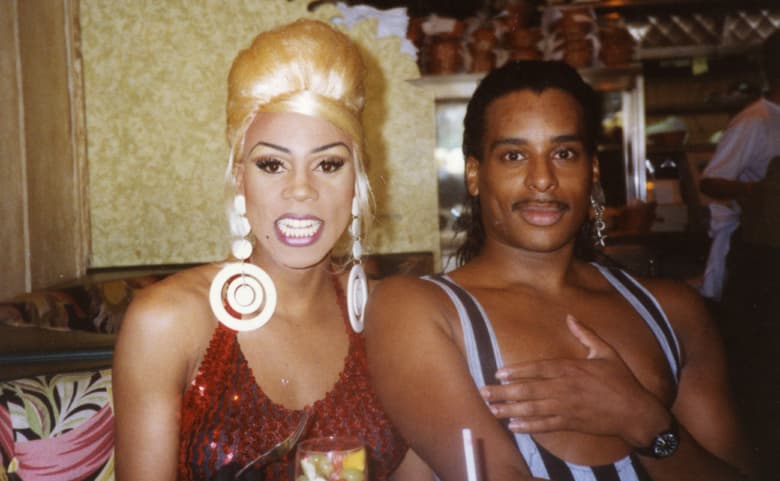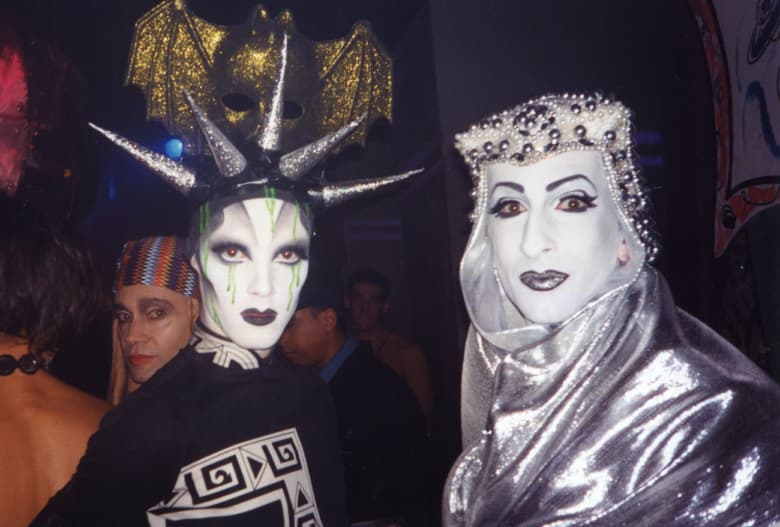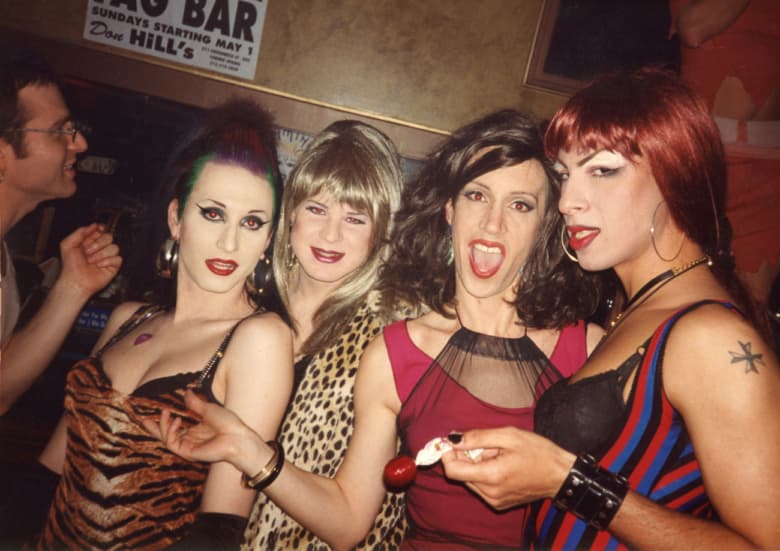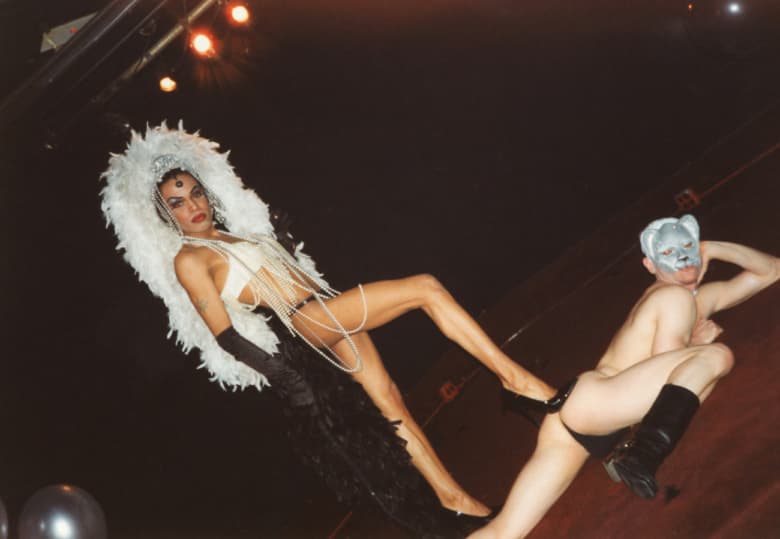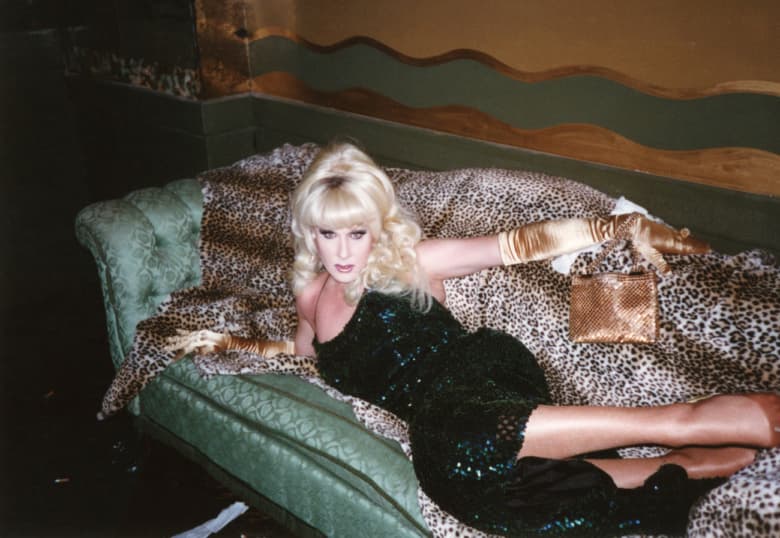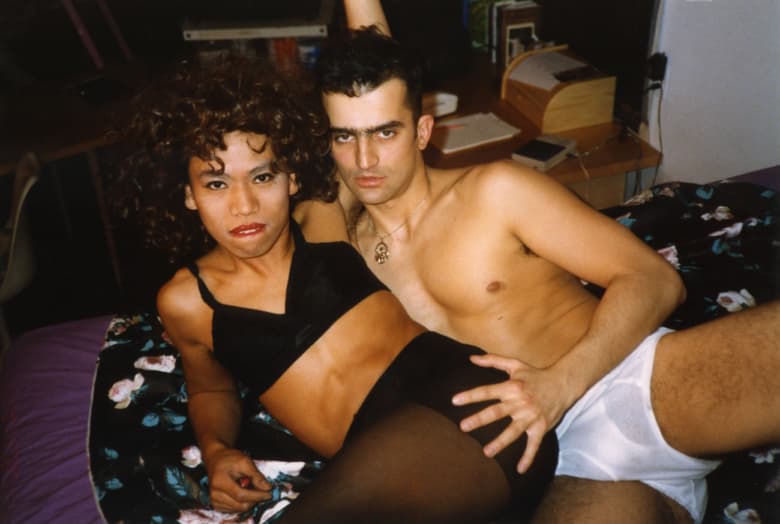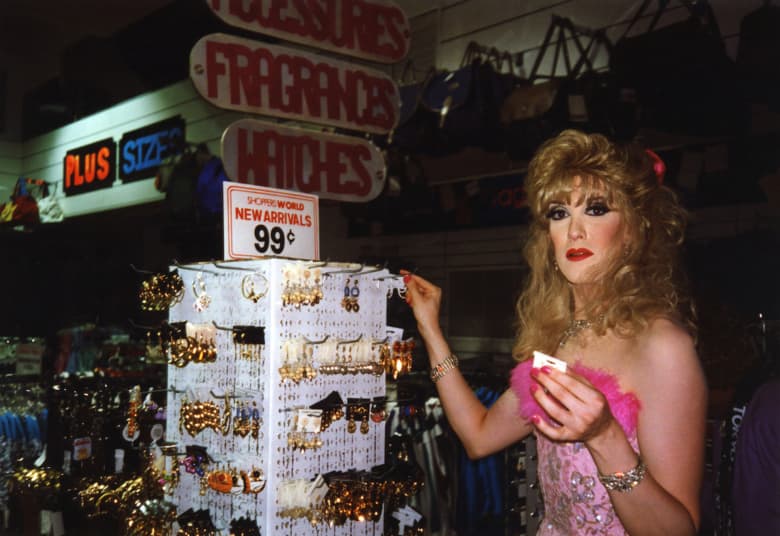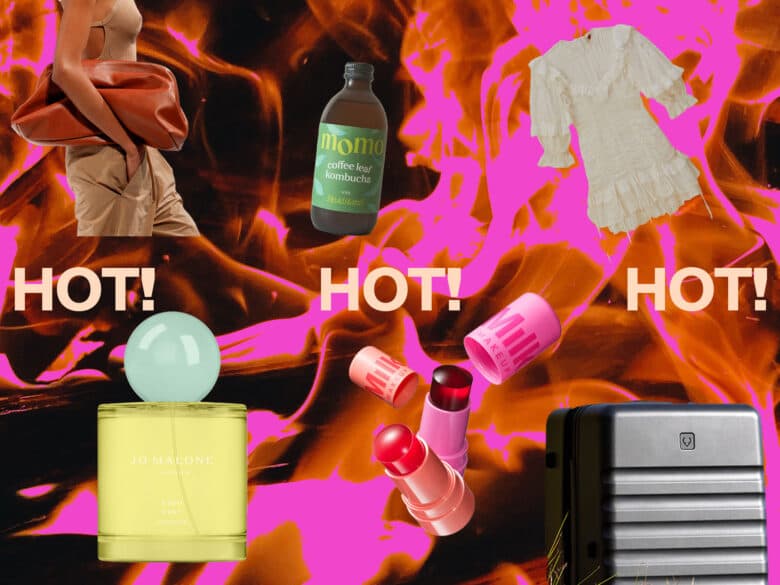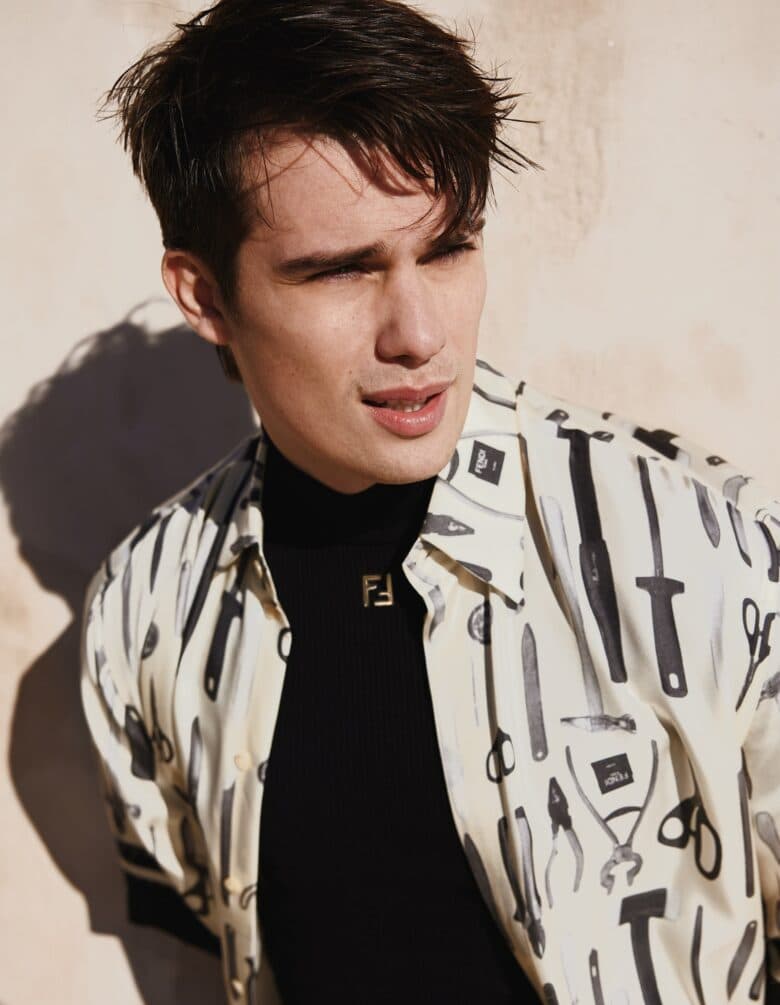Drag Explosion
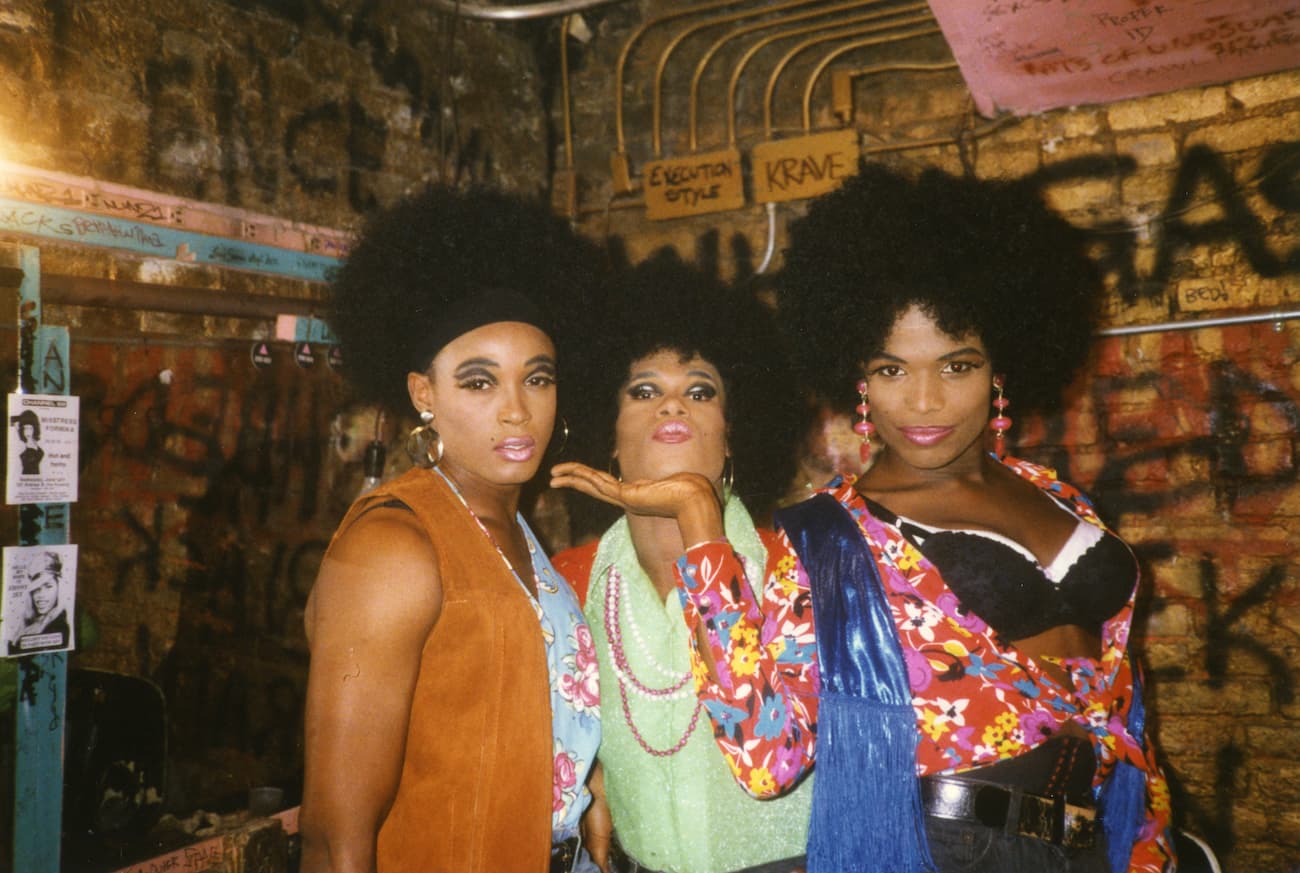
A drag Renaissance woman, Linda Simpson has lived a multitude of lives as a nightlife promoter, journalist, playwright, actress and game show hostess. One constant thread has been her position at the heart of NYC’s queer nightlife, a perspective which has been immortalised in new photo book Drag Explosion. Collating her just-for-fun snapshots, taken on dance floors throughout the 1980s and 1990s, the publication documents a moment when drag transformed from an underground art form into a bankable success, complete with the familiar faces of figures like Ru Paul, Leigh Bowery and Lady Bunny who made it happen.
To celebrate the book’s release, HUNGER caught up with Linda to talk about queer nightlife through the decades, the future of drag and the importance of archives.
When did you first move to NYC?
I moved here a lot time ago, in the 1980s.
What was the queer scene like when you first moved? How has it changed since?
One major change is that there used to be a lot of dance clubs. People would go out is to discover new music and dance the night away. Now there are very few dance clubs in Manhattan, and there is more of an emphasis on hanging out at bars. Also, people used to go to gay bars and clubs to cruise and pick up sex partners. Now everyone relies on Grindr and other apps.
What first drew you to drag?
Back in the 1980s, drag was not very popular and considered very old-fashion, even at the gay clubs. But in the East Village, a new breed of queens was wildly reinventing drag as something lively, smart and hip, with a lot of emphasis on creating your own special personality. I was very entertained and intrigued. Eventually, I started dressing in drag and discovered that I really enjoyed it. I had found a tribe of like-minded people, as well as my inner essence.
Could you tell me a bit about your involvement in the NYC gay club scene over the years? I’ve read that you organised parties and made your own magazine — it sounds like it’s been a big outlet for your creativity.
I’ve basically used drag as a creative outlet in all sorts of ways. A lot of it was focused on nightlife back when I was promoting parties. And I published My Comrade, which was a gay underground magazine. I’ve also been a playwright, a journalist and a game show hostess. I like to think of myself as a multi-faceted queen.
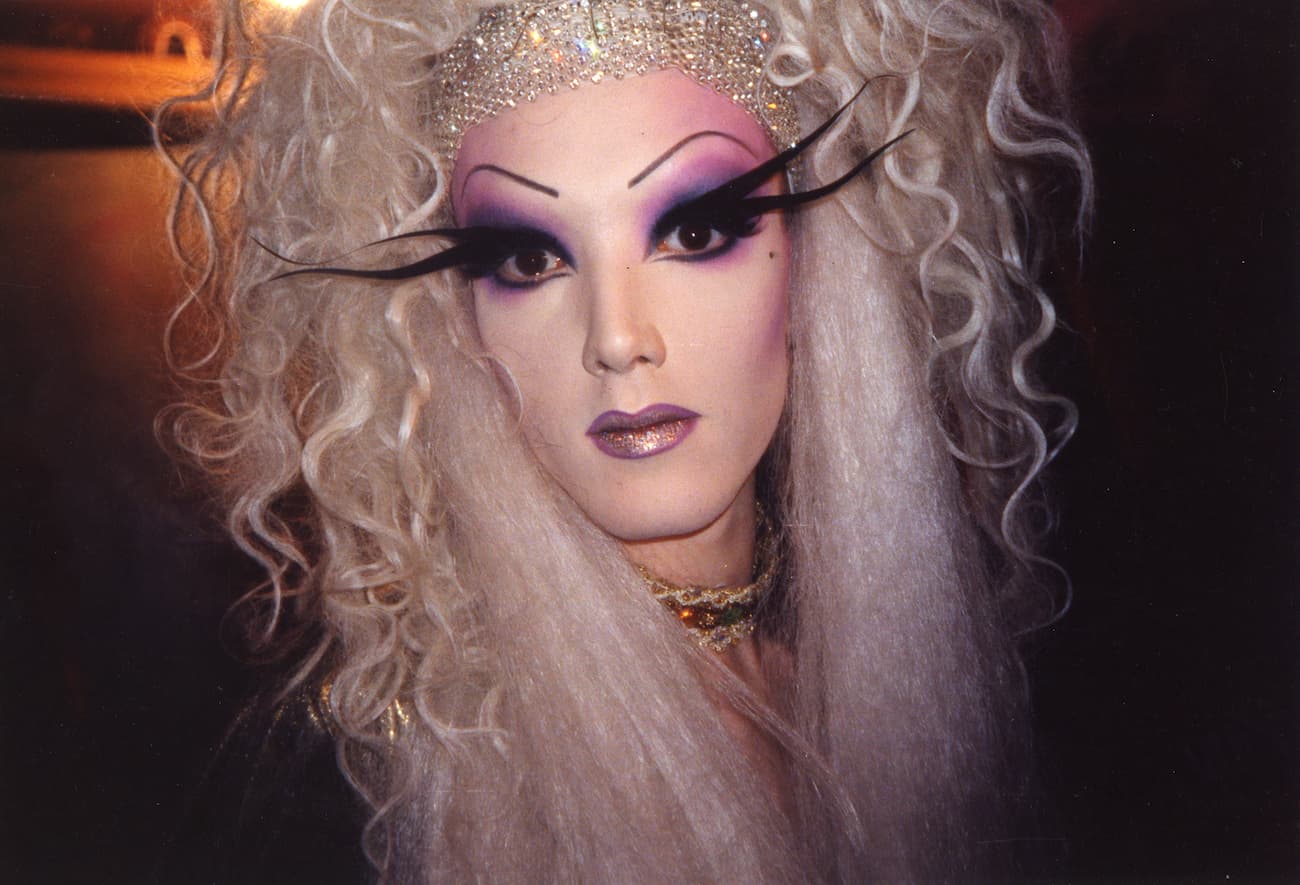
What attracted you to photography?
I think part of the reason I like snapping photos is that I was shy. It was a way of interacting with people. My cameras were all very ordinary point-and-shoot types. I’d take my film to drug stores to be sent away and developed.
Your work is seen as something of a photographic archive of recent LGBTQIA+ history in NYC— what kind of stories does your archive tell?
My photo collection is pretty unique is because most people in the 1980s and 1990s didn’t document their every day and every night activities. So my photos are pretty rare. Almost all of them were just for fun and it’s a light-hearted collection, but also kind of poignant with the passage of time. My photos record a momentous time in drag history when drag transformed from an underground art form into a mainstream phenomenon.
When did wider culture first start becoming interested in drag?
RuPaul caused a big stir in 1993 with her hit single, “Supermodel.” Suddenly, the entire entrainment world wanted to hop on to the drag bandwagon. Drag queens were paraded out on daytime talk shows and were hired for commercials, videos, TV shows and movies. I call the era “The Drag Explosion.” Around 1996, the attention began to fade. Pop culture lost interest and it wasn’t until RuPaul’s Drag Race that drag became popular again.
Do you think there is enough public and media interest in other facets of drag, like drag kings?
I think the drag craze is only going to get bigger and as it expands there will be all kinds of participants. The most recent winner of “Dragula” was drag king Landon Cider, and there are a lot of trans girls, like Peppermint, who perform in drag. The best part about drag is that anyone can do it. Although that can be one of drag’s worst qualities, too!
What’s the future of drag?
Robot drag queens on Mars. Take me to your wiggy leader!
Want to see more? Follow Linda on Instagram or check out her website. Order your copy of Drag Explosion here.
